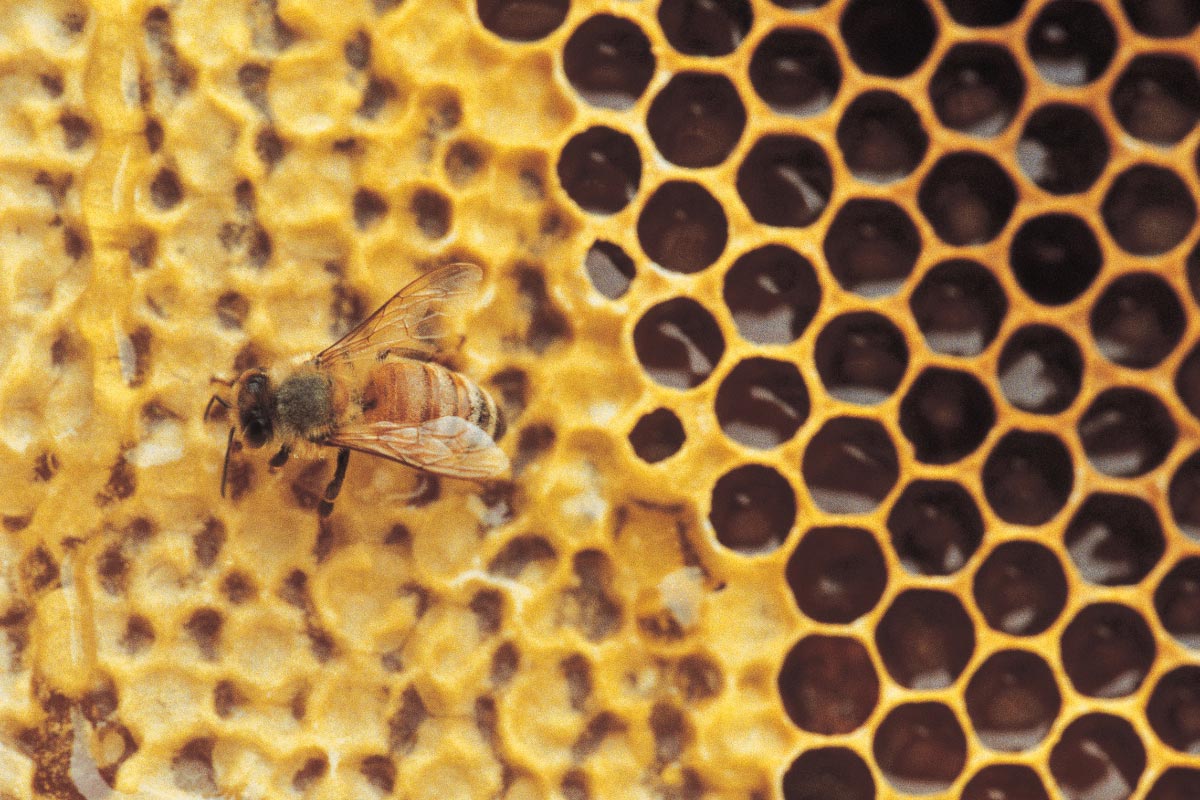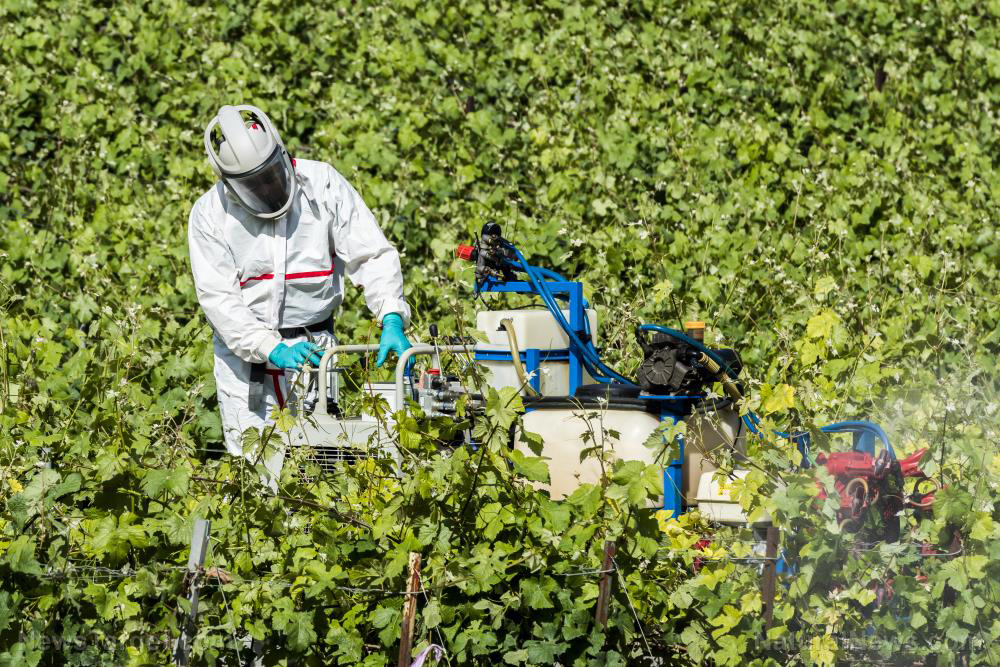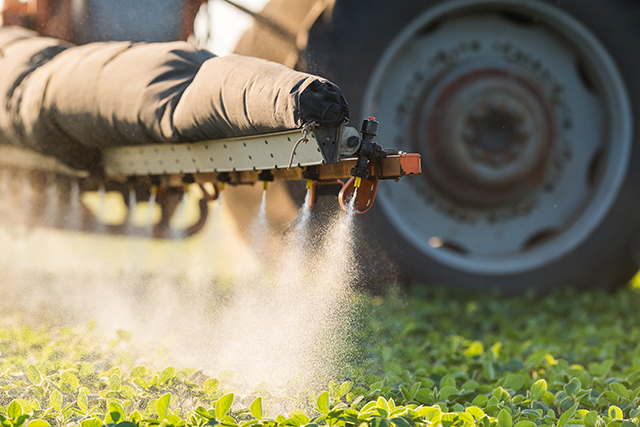Cadmium and zinc exhibited strong bioaccumulation and mobility capacity from soil to rice
08/15/2020 / By Evangelyn Rodriguez

In this study, Chinese researchers investigated the bioaccumulation and transfer of heavy metals from soil to plants, as well as the effects of soil properties on these events. They reported their findings in an article published in the journal Acta Agriculturae Scandinavica, Section B — Soil & Plant Science.
- The researchers conducted their study on a regional scale. They collected a total of 30 sets of soil and matching rice tissue samples (root, straw and grain) from Xiangzhou, a county located in Guangxi, China.
- The researchers then analyzed the soil samples to determine their properties and the different rice tissue samples to determine their cadmium (Cd), copper (Cu), lead (Pb) and zinc (Zn) content.
- They also assessed the mobility and bioaccumulation of Cd, Cu, Pb and Zn by calculating transfer coefficients and bioaccumulation factors.
- The researchers found that the levels of Cd and Pb in soil were 50 percent and 3.33 percent higher than the maximum permitted concentrations of heavy metals.
- Cd and Pb levels in rice grain also exceeded permitted levels by 30 percent and 6.67 percent, respectively.
- The researchers also reported that Cd and Zn had better mobility and bioaccumulation capabilities than Cu and Pb.
- Pb had the weakest mobility.
The researchers said that the bioaccumulation and mobility of heavy metals can be reduced by controlling soil pH, as well as the amount of calcium oxide, soil organic carbon, iron oxides and manganese in soil.
Journal Reference:
Gu Q, Yang Z, Yu T, Yang Q, Hou Q, Zhang Q. FROM SOIL TO RICE – A TYPICAL STUDY OF TRANSFER AND BIOACCUMULATION OF HEAVY METALS IN CHINA. Acta Agriculturae Scandinavica, Section B — Soil & Plant Science. 26 April 2018;68(7):631–642. DOI: 10.1080/09064710.2018.1455218
Tagged Under:




















